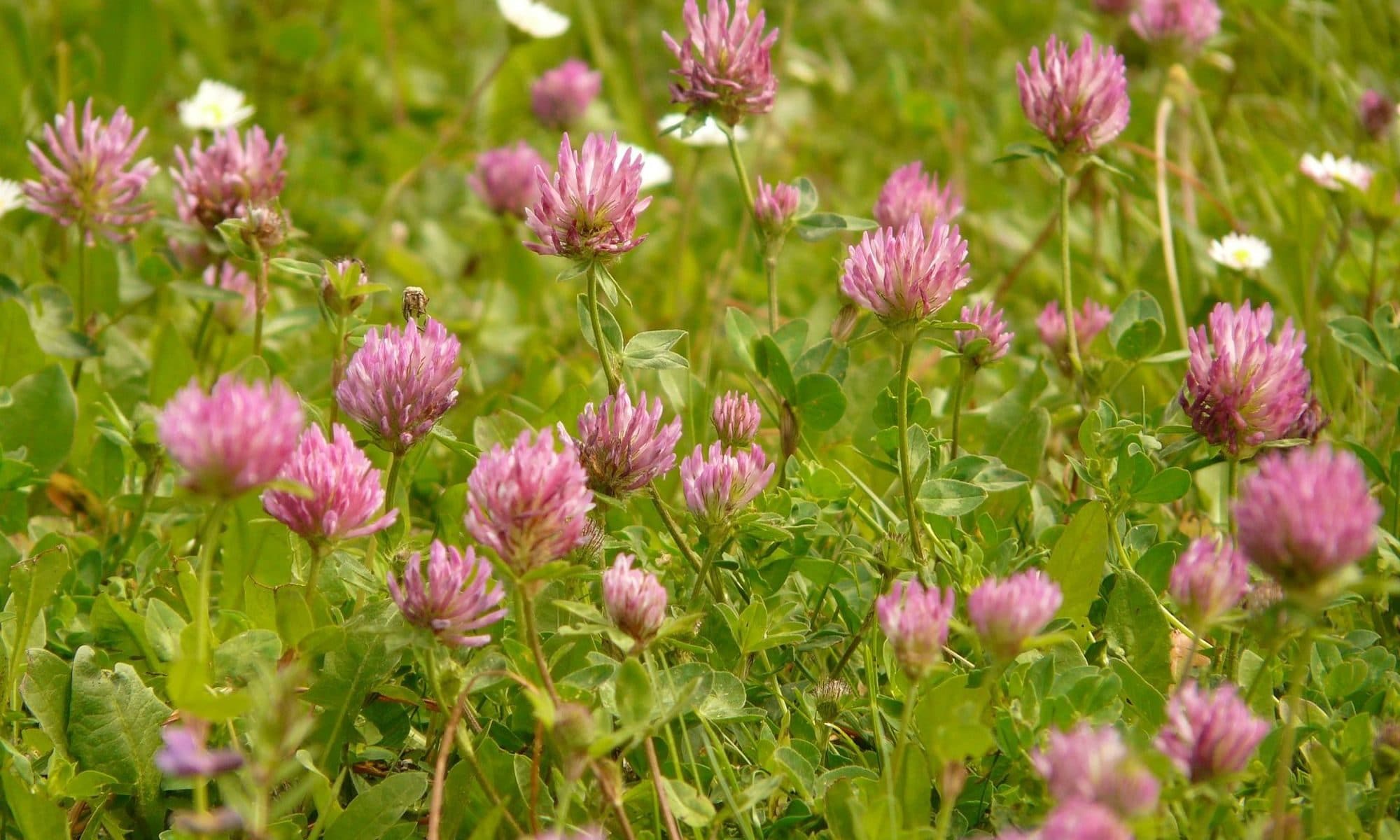Author: Aedin Cassidy, Jonathan E. Brown, Anne Hawdon, Marian S. Faughnan, Laurence J. King, Joe Millward, Linda Zimmer-Nechemias, Brian Wolfe and Kenneth D.R. Setchell
Publication: J. Nutr. 136:45-51, January 2006
There is much controversy about the adverse effects of soy isoflavones and their effect on health is not always clear. This may be partly due to lack of knowledge regarding their metabolism and bioavailability. There is not much information about the influence of the type of soy food on the bioavailability of isoflavones or the influence of gender. Isoflavones occur in soyfood as glucoside conjugates (isoflavones bound to sugar molecule) that are not bioavailable. During digestion, the glucosides are hydrolysed into aglycone isoflavones and sugar molecules. These aglycone isoflavones can be assimilated or can be further metabolized into equol or O-desmethylangolensin.
In this study, in which 21 healthy adults participated, the effect of type of natural soyfoods, age, gender and food matrix on the bioavailability was determined. The following natural soy foods used: tempeh, soy milk and textured soy protein. Soy milk and textured soy protein contains isoflavones in the form of glucosides whereas tempeh also contains aglycone isoflavones. Tempeh is the result of fermentation by Rhizopus moulds of soybeans. This fermentation is responsible for the production of aglycone isoflavones. Each participant received daily 0.44 mg soy isoflavones per kg of body weight. The serum isoflavones levels were determined after regular intervals. The serum isoflavones levels were higher in women than in men. The soyfood that gave the highest peak for both genistein and daidzein was tempeh. As opposed to textured soy protein, tempeh contains mainly the aglycones daidzein and genistein. Of the three soyfoods, the isoflavones in soy milk were absorbed the fastest. About 30 percent of the participants were equol producers. The ability to produce equol depends mainly on the composition of gut flora.
The study concluded that the bioavailability and pharmacokinetics of isoflavones are mainly influence by the type of food. Isoflavones of liquid foods such as soy milk gives faster absorption. Aglycones present in fermented soy foods are absorbed more rapidly than isoflavones glucosides. The obtained results about the pharmacokinetic properties of daidzein and genistein helps to better understand the bioavailability of isoflavones.
